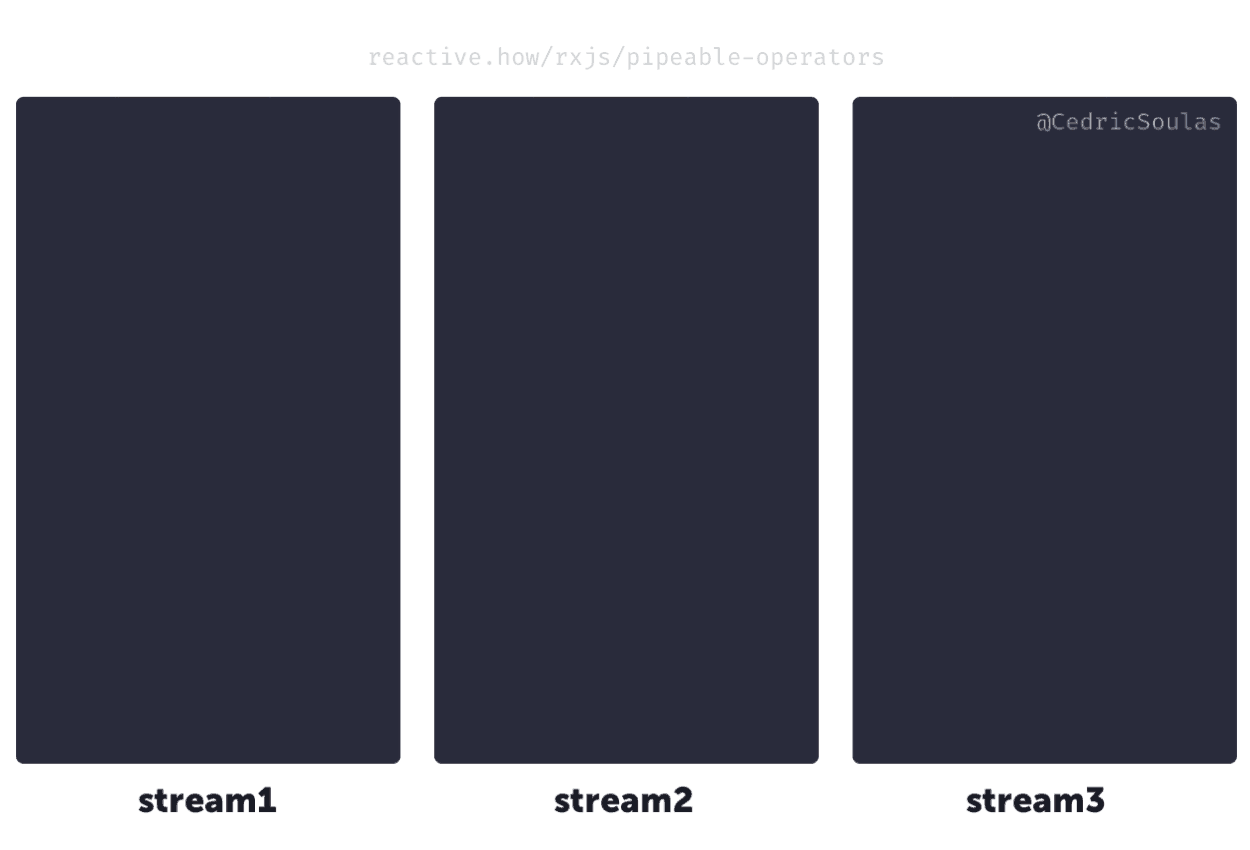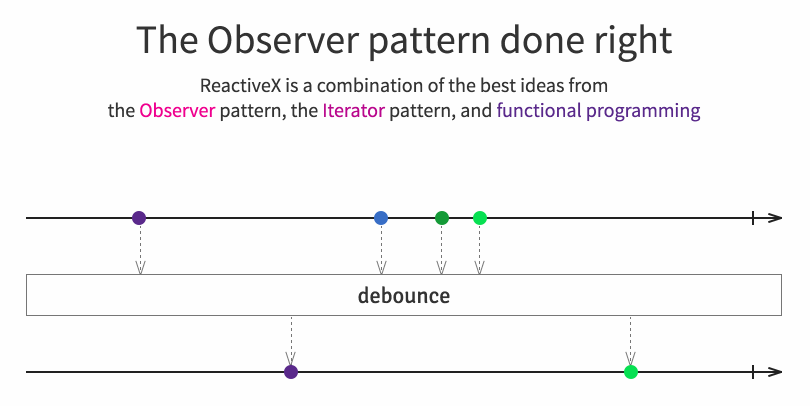You might find the complexity level and cognitive burden can be kept much lower if you use an Observer/Observable pattern instead of Publisher/Subscriber.

Observables also play really nicely with the Functional Reactive Programming paradigm, which is the perfect & ideal fit for a problem like neural networks and machine learning. https://itnext.io/functional-reactive-programming-explained-in-a-simple-way-in-javascript-yes-in-a-simple-way-925b14cddf75
The network "supervisor" or root container "observes" it's nodes and network architecture (observables), and reacts to changes directly.
All transformation functions become a composable pipeline that get fired automatically on changes.
Node/Network change happens --> Transform 1 ---> Transform 2 ---> Finished
Tweak, add, or remove transformation pipeline steps as needed using pure functions without having negative impact anywhere else or getting tangled in spaghetti.
I don't know whether or not this would degrade speed/performance, but it's definitely something worth looking into.



Let's say that we're using NEAT to evolve neural networks. Let's say that within that context we're trying to keep track of innovationIDs - i.e. what connection is new to the population. In other words, when using NEAT, connections get created and destroyed all-the-time (almost constantly); what we want to to keep track of is discoveries (i.e. innovations) to the to the topology of any network in a population (i.e. group) thereof. By giving each neuron in a network an ID and using Cantor Pairing - we can track any time that a connection is "structurally" innovative. Cantor Pairs allows us to uniquely keep track and map the unique integer IDs of the Nodes to a unique ID of a connection; put another way, even if a connection between two nodes gets destroyed, we will know that it was already introduced to the population a while ago.
To be able to keep track of all of these things we need to able to have connections "communicate" with the population - and vice-a-versa. The "classes" in between should work as universal translators and communicators between the two classes.
Allowing networks to create new connections, that are potentially innovative, while concurrently updating the population's list of structural innovations.
This can get done with
EventEmittersandEvenListeners. Where multiple contextually relevant objects communicate with each other on event based triggers.Additional Information @christianechevarria and @luiscarbonell contemplated this idea while implementing "full-NEAT" into Liquid Carrot